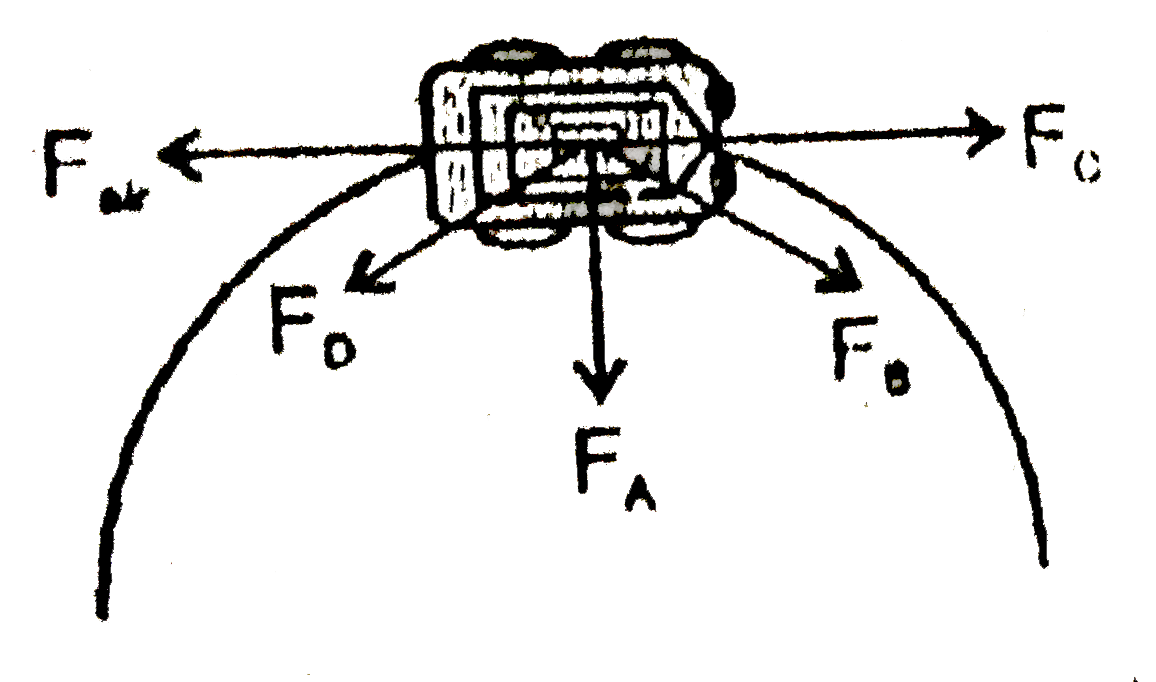A
B
C
D
Text Solution
Verified by Experts
The correct Answer is:
Topper's Solved these Questions
Similar Questions
Explore conceptually related problems
RESONANCE-CIRCULAR MOTION-Exercise
- A car travels with constant speed on a circular road on level ground. ...
Text Solution
|
- A point p moves in counter - clockwise direction on a circular path a...
Text Solution
|
- A particle is going with constant speed along a uniform helical and sp...
Text Solution
|
- A particle P is sliding down a frictionless hemispherical bowl. It pas...
Text Solution
|
- A stone is projected from level ground at t=0 sec such that its horizo...
Text Solution
|
- In the figure shown a lift goes downwards with a constant retardation....
Text Solution
|
- In the motorcycle stunt called " the well of death" the track is verti...
Text Solution
|
- A ring of radius R lies in vertical plane. A bead of mass 'm' can move...
Text Solution
|
- A circular curve of a highway is designed for traffic moving at 72 km/...
Text Solution
|
- A section of fixed smooth circular track of radius R in vertical plane...
Text Solution
|
- A particle of mass m starts to slide down from the top of the fixed sm...
Text Solution
|
- A spot light S rotates in a horizontal plane with a constant angular v...
Text Solution
|
- A stone is projected with speed u and angle of projection is theta. Fi...
Text Solution
|
- A particle moving along a circular path due to a centripetal force hav...
Text Solution
|
- A particle is projected horizontally from the top of a tower with a ve...
Text Solution
|
- A car moving on a horizontal road may be thrown out of the road in tak...
Text Solution
|
- A stone tied to a string is rotated with a uniform speed in a vertical...
Text Solution
|
- A simple pendulum is oscillating without damiping, When the displaceme...
Text Solution
|
- A stone tied to a string of length L is whirled in a vertical circle w...
Text Solution
|
- A particle is acted upon by a force of constant magnitude which is alw...
Text Solution
|

